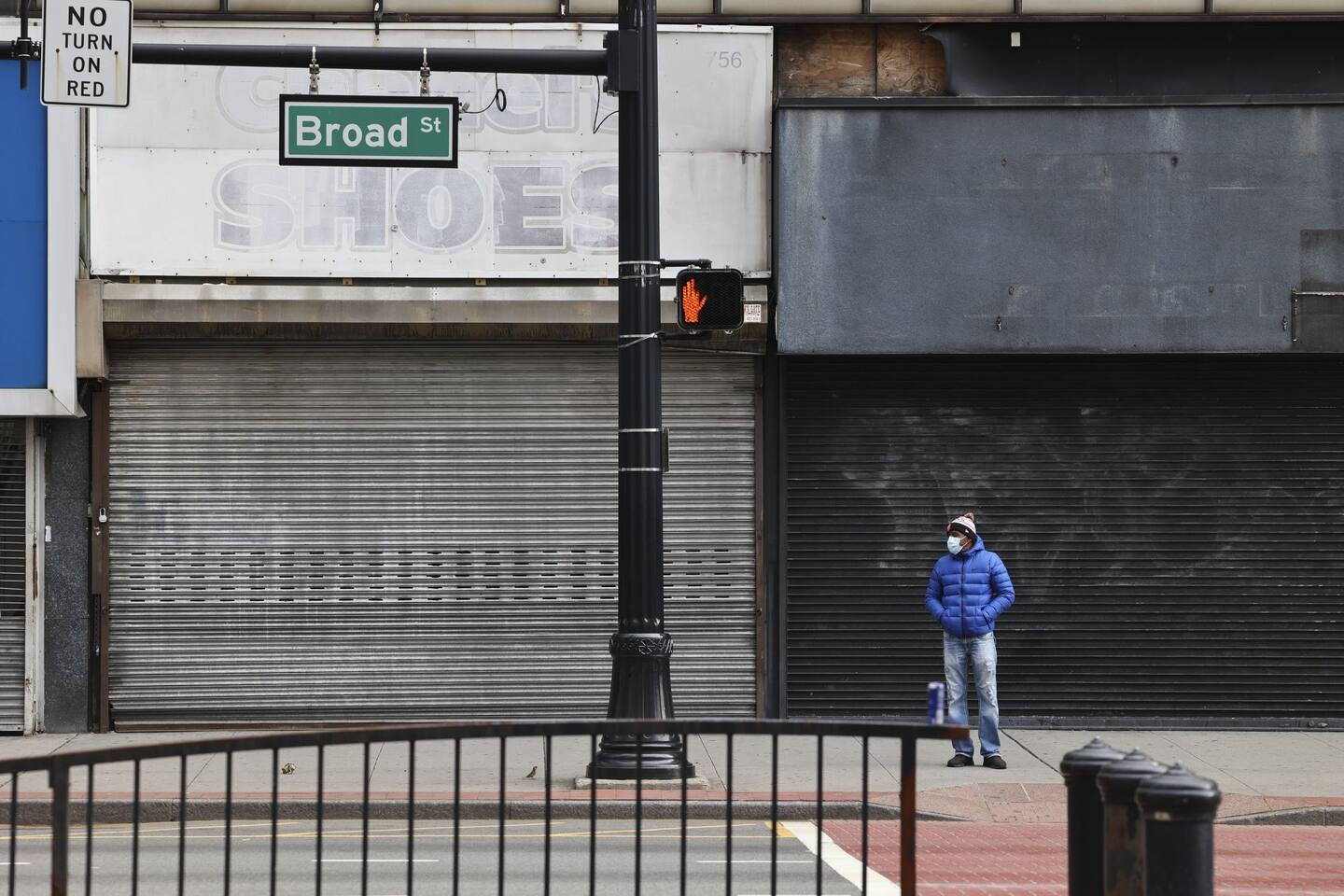The quiet crisis of long-term unemployment

The surge in unemployment that accompanied stay-at-home orders last spring — a surge that raced past the peak unemployment of the recession a decade ago — faded quickly. It was not, however, the perfectly V-shaped decline that President Donald Trump predicted. Instead, the decrease in unemployment has slowed over the past several months.
That’s largely because much of the immediate spike in unemployment was a function of temporary layoffs. Being temporary, many of those employees have gone back to work. The number of people permanently unemployed, though, has been fairly flat since August. That month, the number reached 3.3 million. In February, it was 3.5 million, essentially unchanged from January.
The result of the combination of unemployment declining as permanent layoffs holding steady is that the percent of unemployed people who are permanently out of work has climbed. About 35 percent of those out of work have lost their jobs permanently.
As the number of people who have permanently lost work has remained flat, the number of people who have been out of work for 27 weeks or more has climbed. There’s an understandable relationship between the two: months after the number of permanently unemployed people rises, so does the number who have been out of work for an extended period of time.
In February, 4.1 million Americans had been out of work for at least 27 weeks, 41.6 percent of all of those who are out of work.
That so many people have been out of work for so long is driving up the average duration of unemployment. In February, the average duration that unemployed Americans had been out of work was 27.6 weeks. The median duration — the figure at which half of the unemployed have been out of work longer and half shorter — was only 18.3 weeks. What that means is that there are a lot of people who have been out of work for a substantially longer period of time, pulling the average higher.
It’s important context for the news that a deal had been reached in Congress to extend enhanced unemployment benefits through September at a lower rate ($300 instead of $400). Among other things, it reflects concern about the duration of the unemployment crisis as well as the depth.
The end of September is 30 weeks from now — or just a bit longer than the average duration that people who are currently out of work have been unemployed already.






